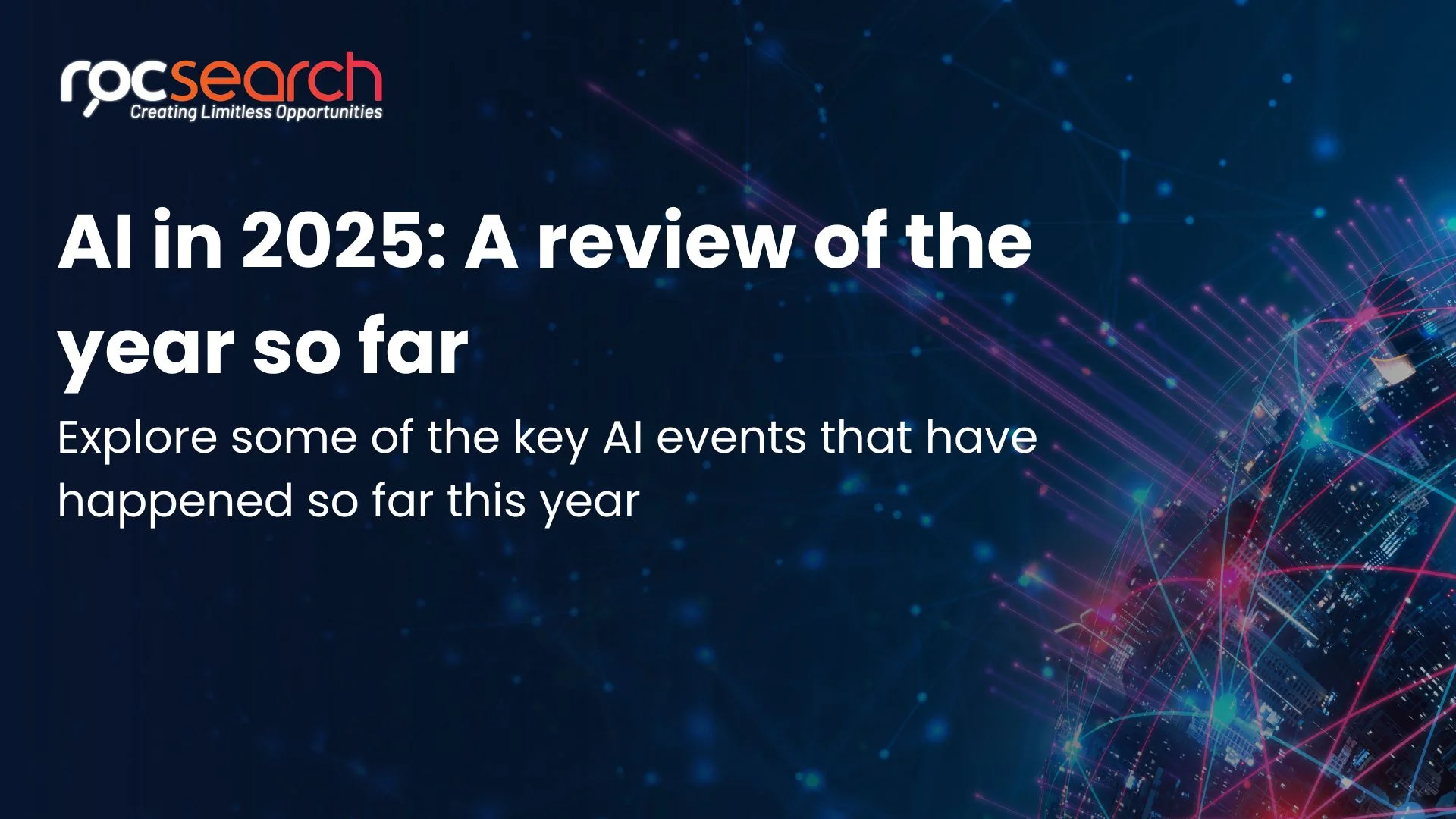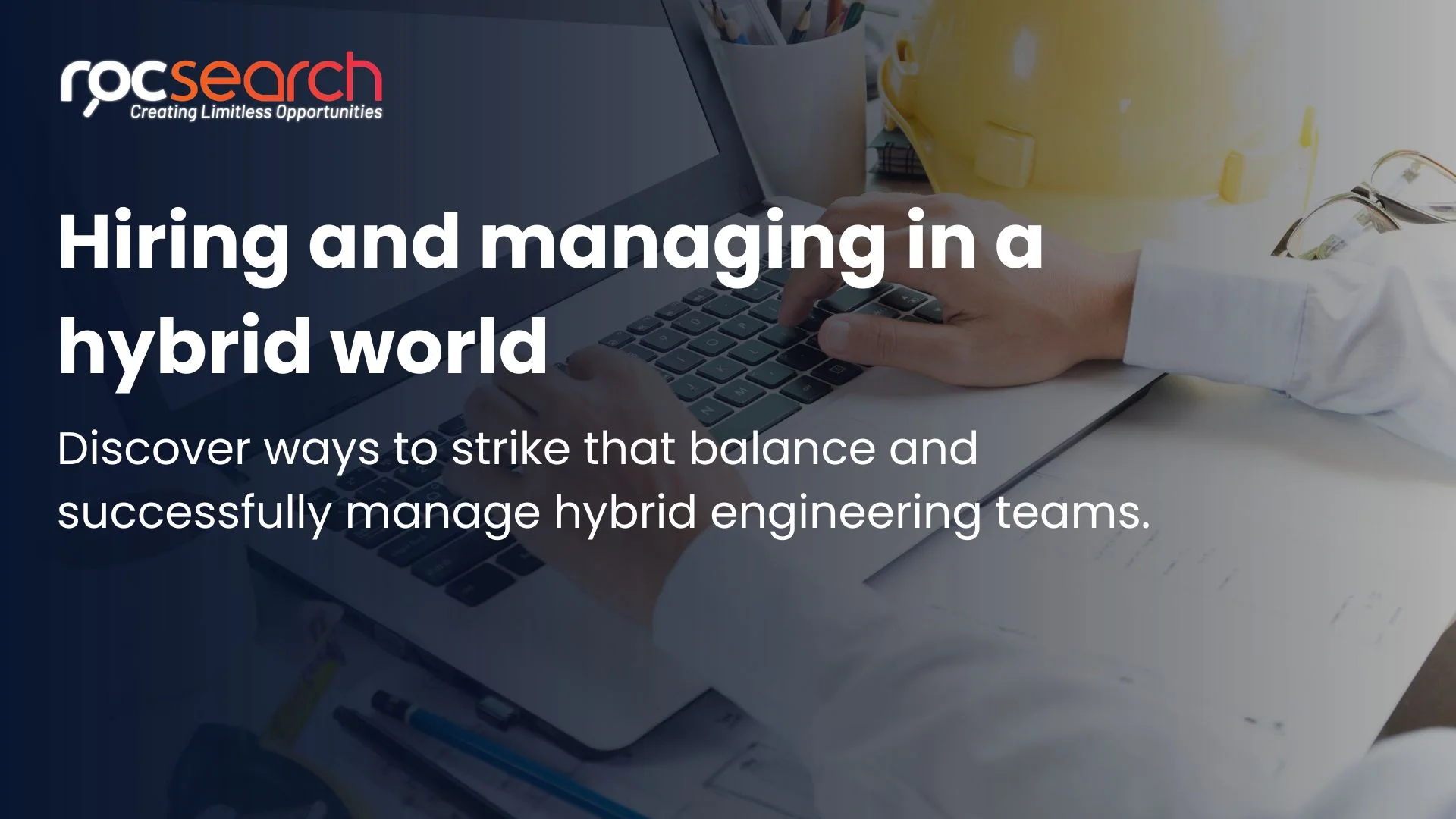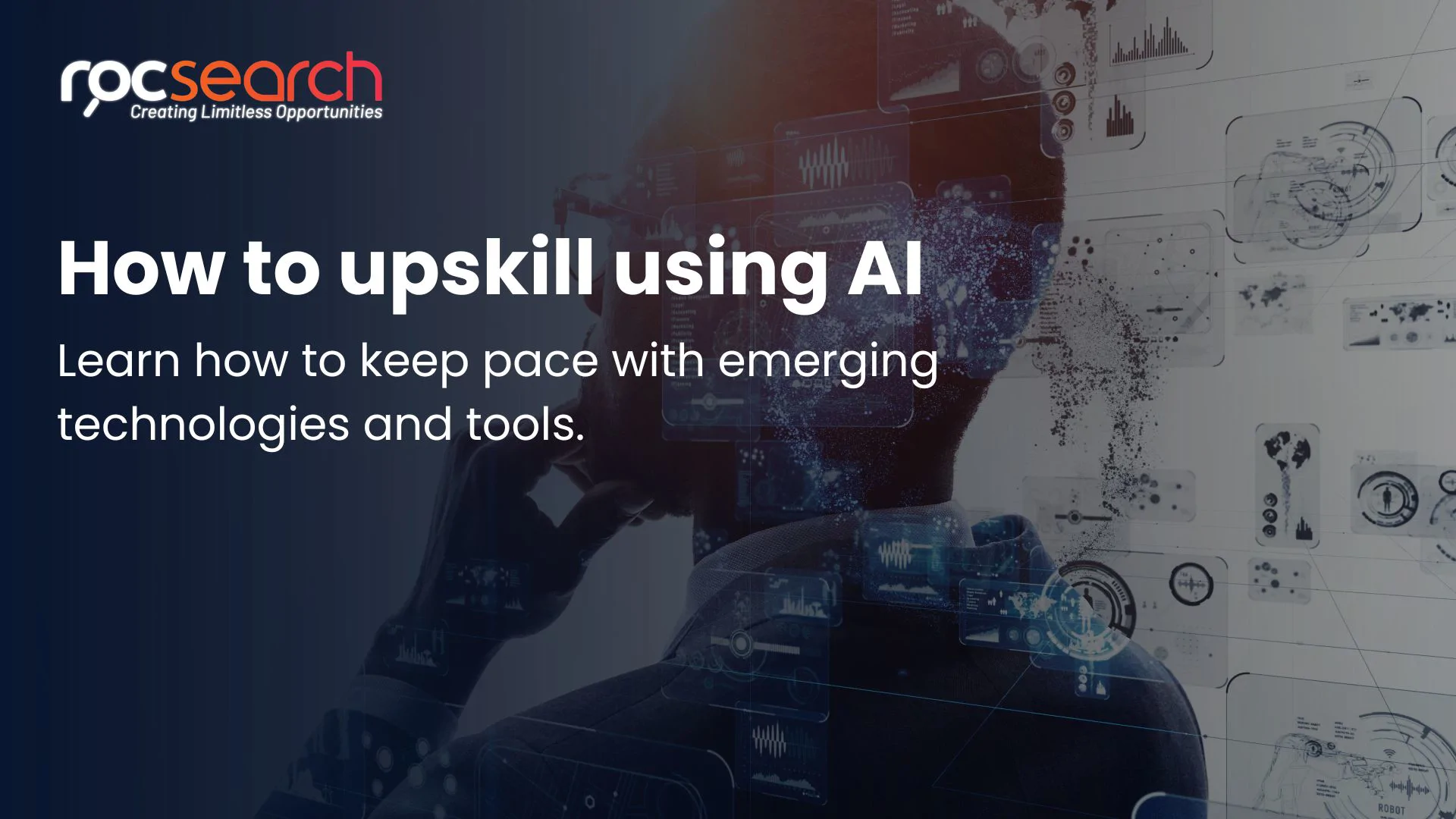AI in 2025: A review of the year so far
23 Oct, 202510 MinsLately, it feels like every year is a red-letter year for AI developments. Is 2025 shaping u...

Lately, it feels like every year is a red-letter year for AI developments. Is 2025 shaping up to be another landmark year? Let’s review some of the key AI events that have happened so far this year – and take a sneak peek at what might be coming in 2026.
More reliable, more adaptable: The evolution of LLMs
Companies like OpenAI, Meta, Google DeepMind and Anthropic have mostly been working on improving their large language models (LLMs) – giving rise to the term ‘LLMs 3.0’. This new era of LLMs is characterised by improved accuracy, fewer hallucinations and enhanced cognitive capabilities – making LLMs capable of complex logical reasoning and problem solving. Real-time fact-checking, for example, is now built into many LLMs. There has also been a significant emphasis on enhancing multimodal understanding – which is the ability for LLMs to seamlessly work across different types of data, such as text, images, audio and video inputs.
Also in 2025, Chinese AI firm DeepSeek released its R1 model, which the company said cost 70% less to train than comparable Western LLMs. No doubt this will intensify AI competition.
Meanwhile, Apple and Microsoft haven’t been resting on their laurels
This year Apple unveiled some new Apple Intelligence features. The big news here is the ability for developers to directly access the on-device foundational model behind Apple Intelligence, which allows them to introduce new intelligent experiences for the apps they’re developing. And because it’s available on-device, it’s accessible to users even when they’re offline. Apple was also keen to play up the privacy-enhancing nature of its on-device intelligence. Privacy-aware AI is likely to become a bigger topic in future years.
Microsoft has also been busy, unveiling two new proprietary models in 2025: MAI-Voice-1 (a natural speech generation model, available in Copilot Daily and Podcasts) and MAI-1 Preview (a foundation model specialising in following instructions and generating text, currently being tested on LMArena). What’s significant here is Microsoft going it alone and producing proprietary models, independent of OpenAI – despite owning a 49% stake in OpenAI. Does this mean we’ll see more independent AI releases from Microsoft in future? Possibly.
The rise of industry-specific models
One of the areas of focus has been developing models that specialise in specific fields, such as healthcare, scientific research, finance and law. This isn’t new for 2025, but it’s fair to say that industry-specific models have gained momentum this year.
Along these lines, Carnegie Mellon University and the National Science Foundation recently launched an AI institute – the snappily named Institute for Computer-Aided Reasoning in Mathematics (ICARM) – that is focused on using AI to make mathematical reasoning faster.
Advances in brain-computer interfaces (BCIs)
Recent years have seen the emergence of implanted BCIs – system that use brain signals to control an external device, such as a robotic arm or even a computer. But if the thought of implanted technology freaks you out, take heart. Because engineers at UCLA have now developed a non-invasive, wearable BCI that combines EEG signal decoding with AI-assisted control to interpret the user’s intent. According to the team involved, the system significantly improves control speed and task performance for users, compared to implanted systems.
Good news for the fight against deepfakes
In August, a paper published by scientists at UC San Diego got everyone talking. Why? Because the paper claims the scientists have developed a ‘universal AI detector’ that is capable of spotting deepfake videos with 98% accuracy. Optimists hailed the news as a key step forward in the fight against misinformation, deepfake scams and non-consensual pornography. Pessimists pointed out that the 2% it isn’t able to spot still poses a major threat to society. We’re with the optimists on this one.
What might 2026 have in store?
We’ll talk more about this in a future article, but to whet your appetite, here are just a few AI trends that could dominate 2026:
- We’ll continue to see major industry-specific expansion, with sectors like finance and healthcare adopting AI in new ways.
- Quantum computing is already aiding AI capabilities by dramatically speeding up data processing and improving problem solving. This will continue into 2026, with quantum AI finding real-world applications.
- Artificial general intelligence (AGI) – essentially, human-level, highly adaptable intelligence – is often touted as the ultimate goal for AI. For now, it’s just a hypothetical, but at the rate AI is progressing, we might see significant progress towards AGI next year.
- And we’ll hopefully see new breakthroughs in energy-efficient AI, helping to reduce the enormous energy demands from AI systems.
It’s clear that AI capabilities continue to leap forward at breakneck speed. Keeping up with progress requires the best AI talent, including data engineers, AI consultants, technical project managers, ML engineers, data scientists, and more.
As one of the leading AI recruitment agencies, Roc Search helps organisations find top AI talent – whether it’s on a permanent, temporary or project basis. Chat to our AI recruitment specialists.





